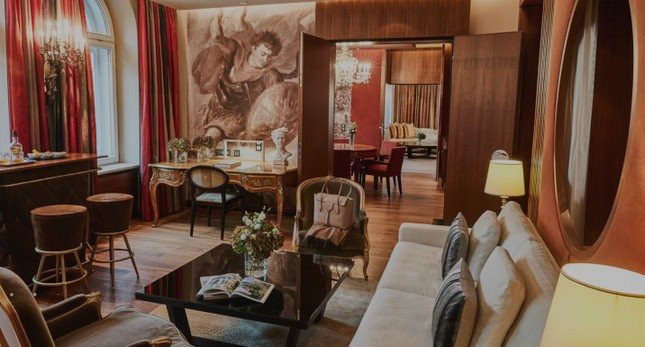
As the aristocracy of the old continent developed a taste for travel around the 17th century, the concept of the grand tour was born, in which families would travel across Europe, with Italy as the main destination.
Savvy investors seized the opportunity to create the most lavish hotels, fit for kings and queens. The luxury hotels featured electric lighting and mechanical elevators—innovations rarely seen in private residences. Many were adorned with elaborate architecture and interiors reminiscent of the grand palaces of Europe.
These hotels offer the kind of upscale service standards typically found in prestigious private clubs and the cuisine of Europe’s finest restaurants. Luxury hotels have become places to meet like-minded people, make social and business connections, and enjoy the finer things in life.
While the luxury service industry was in its infancy, Kempinski was born. Since 1897, the name Kempinski has been synonymous with classic European luxury. Long before Kempinski entered the hotel business, its Berlin restaurants were already famous. Wealthy Berliners lined up to enjoy local and international delicacies such as lobster, caviar
To date, this hotel has 76 establishments in 31 countries on 4 continents. Each establishment has its own characteristics and a long history. In Asia, the first establishment was in China, which opened in 1992. To date, it has managed over 30 hotels, of which hotels in Thailand and the Middle East are ideal destinations for royalty and the super-rich.

In Istanbul, the hotel on the Bosphorus shores combines charm and tradition, combining the sultan's former palace with a modern building. The highlight is the 11 suites in the palace complex, which has housed everything from the royal family to government representatives, to icons in music, cinema, sports and entertainment.
Three hotels in Dubai are connected to leading shopping destinations. Guests can enjoy shopping at the luxury Dubai Mall and Mall of the Emirates.
TB (according to Tien Phong)Source



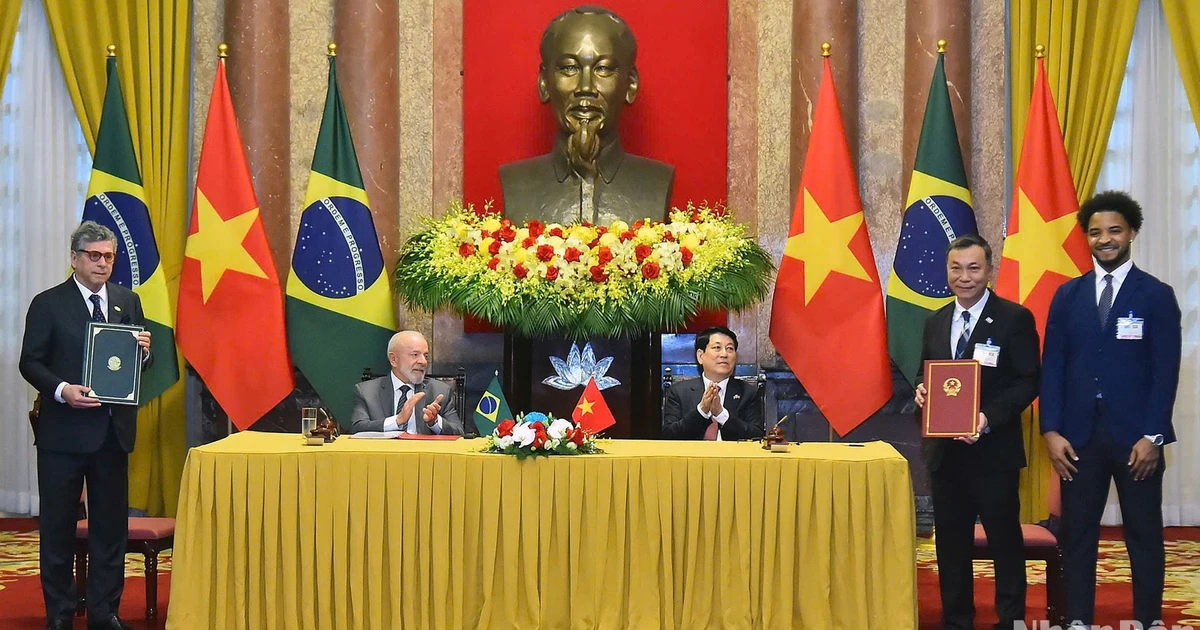
![[Photo] Prime Minister Pham Minh Chinh meets with Brazilian President Luiz Inacio Lula da Silva](https://vstatic.vietnam.vn/vietnam/resource/IMAGE/2025/3/28/41f753a7a79044e3aafdae226fbf213b)
![[Photo] President Luong Cuong hosts state reception for Brazilian President Luiz Inacio Lula da Silva](https://vstatic.vietnam.vn/vietnam/resource/IMAGE/2025/3/28/56938fe1b6024f44ae5e4eb35a9ebbdb)

![[Photo] Helicopters and fighter jets practice in the sky of Ho Chi Minh City](https://vstatic.vietnam.vn/vietnam/resource/IMAGE/2025/3/28/3a610b9f4d464757995cac72c28aa9c6)
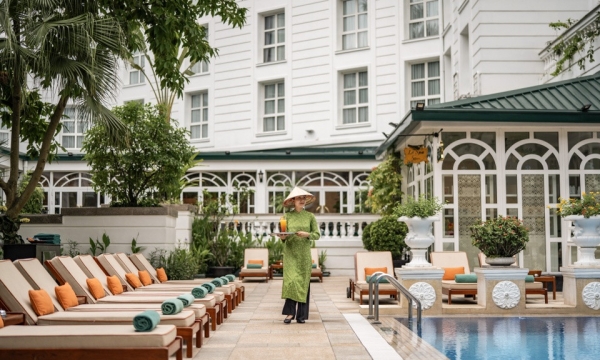





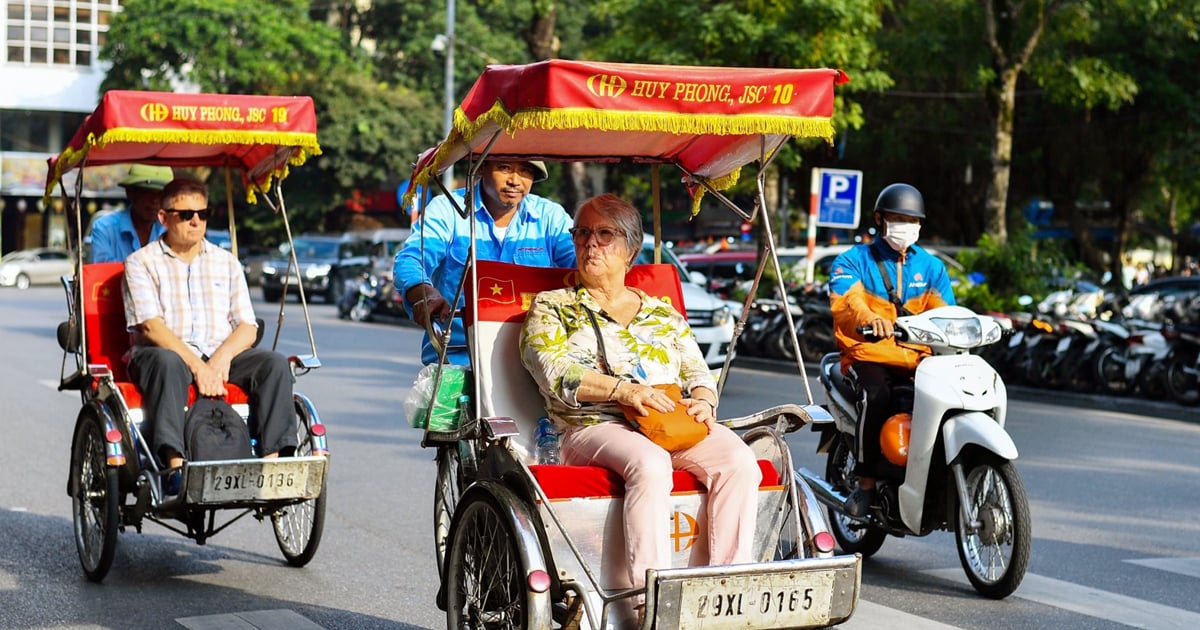

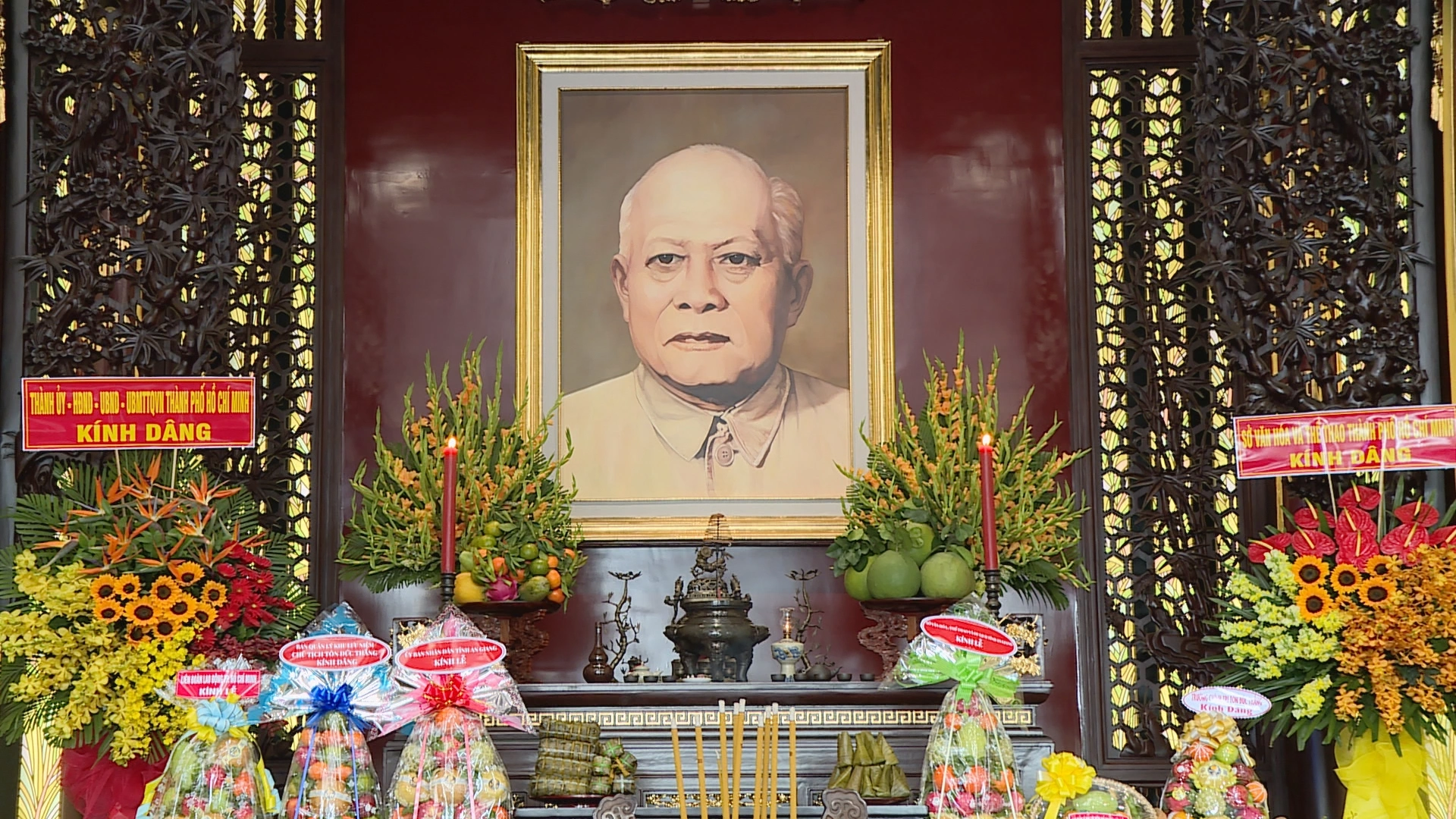


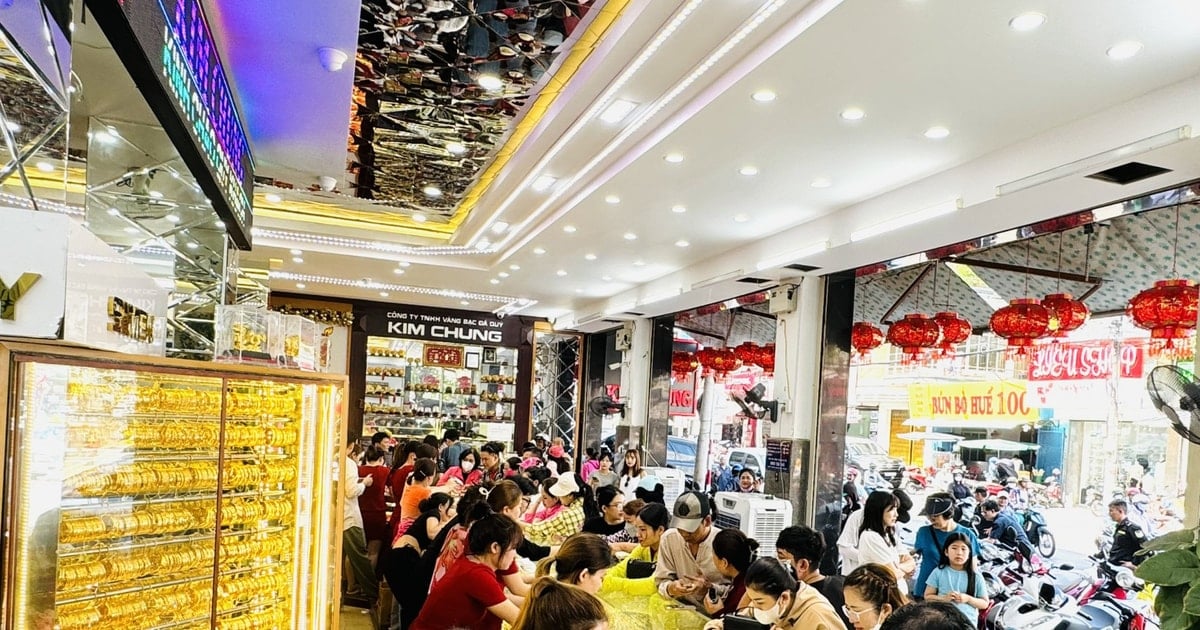













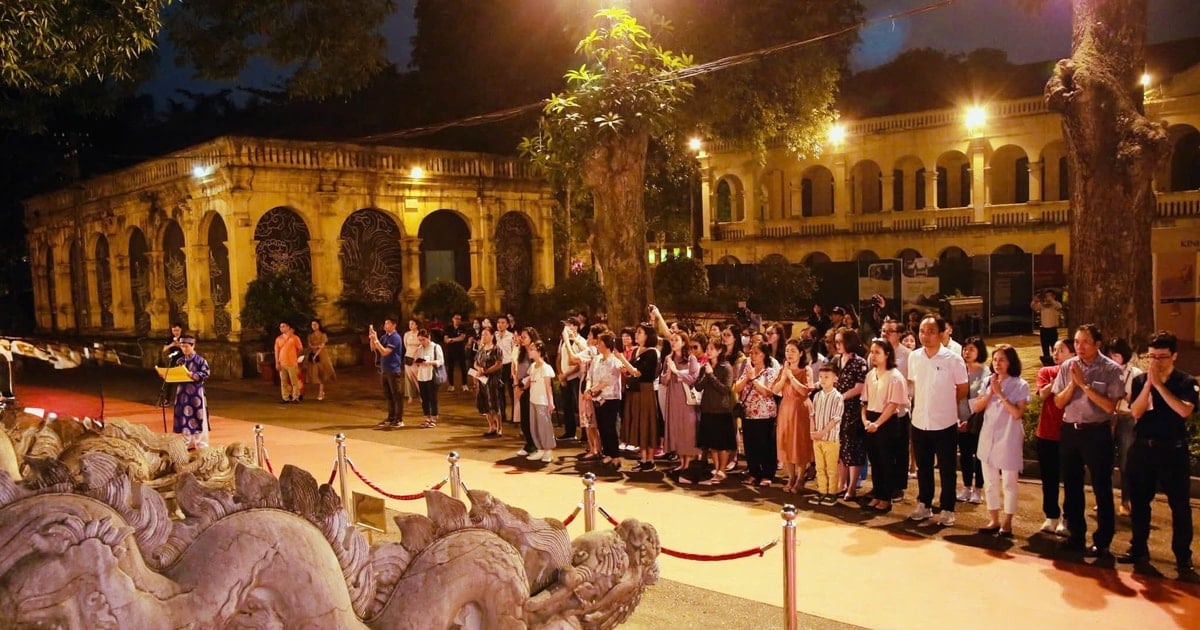




















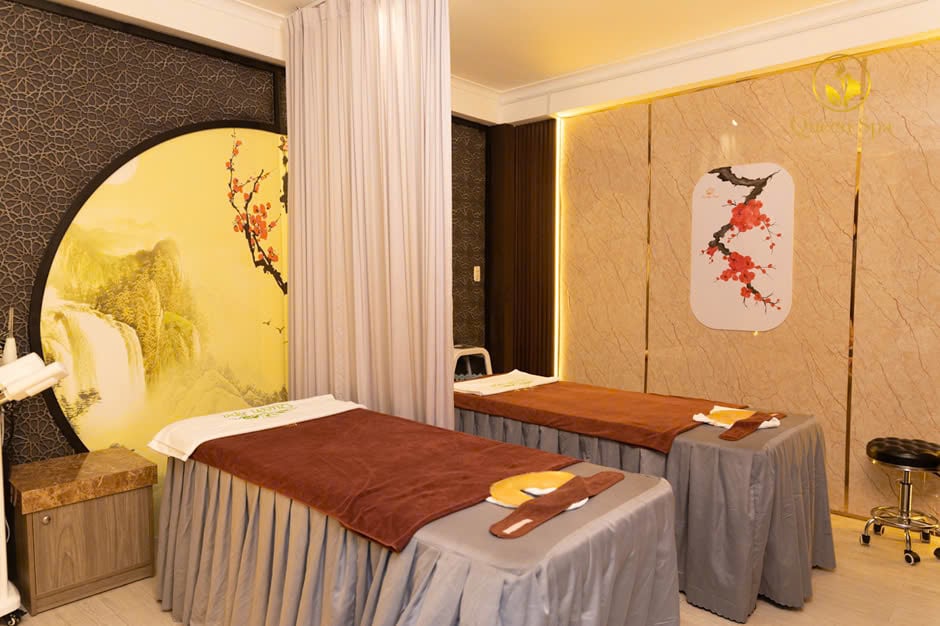

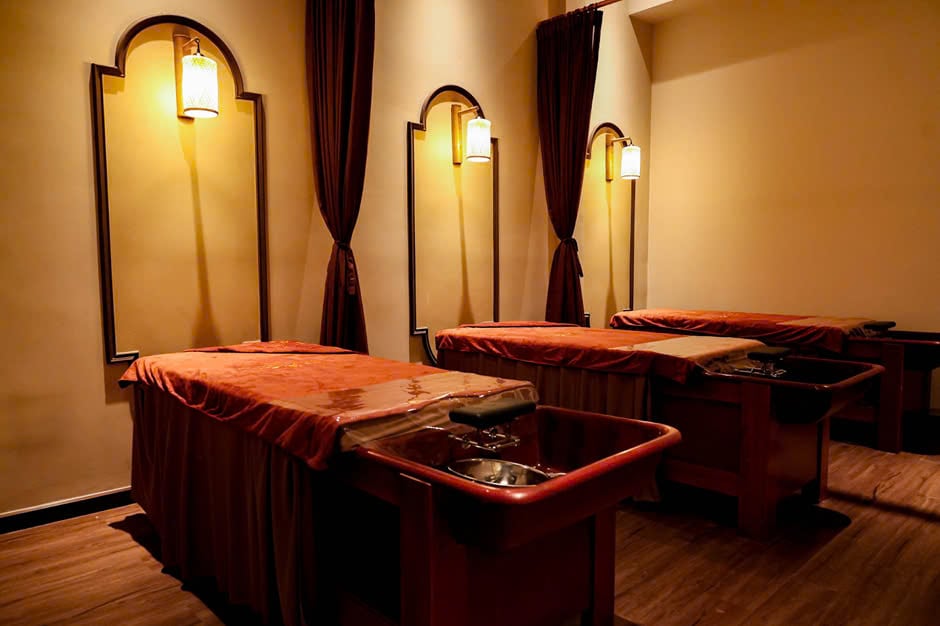


















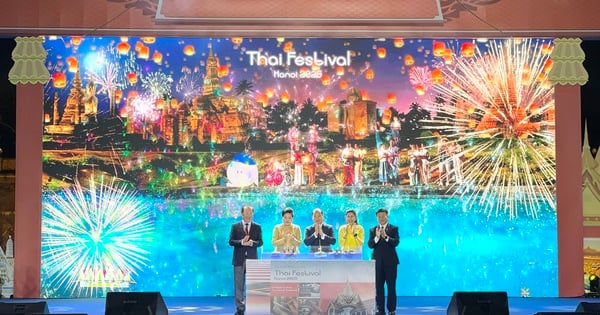

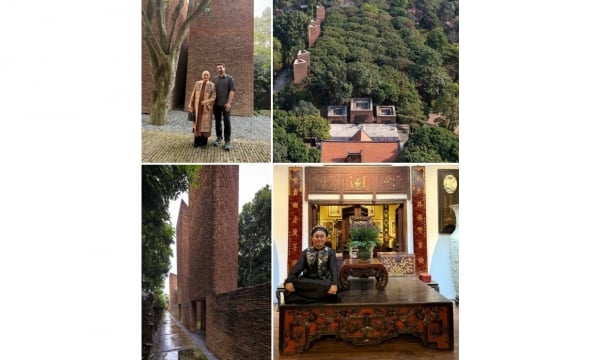












Comment (0)